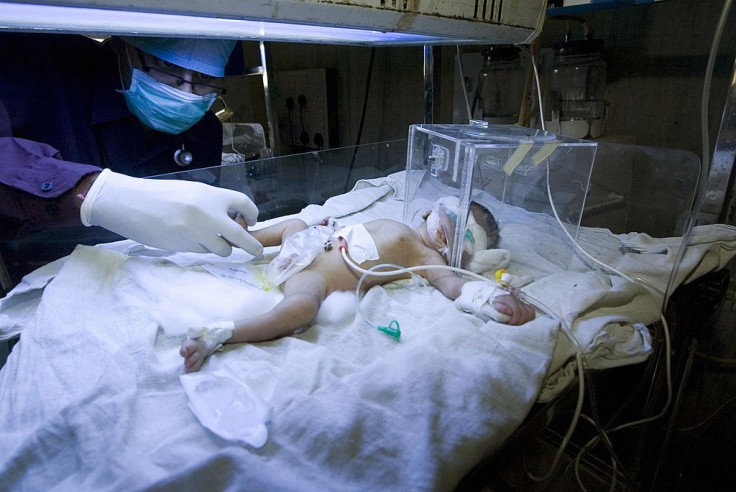
The European Center for Disease Prevention and Control announced this week that the number of mysterious hepatitis cases under investigation among children has reached 450 worldwide. That is more than double the number the group reported a couple of weeks ago, and significantly higher than the latest count of the World Health Organization which stands at 348.
Cases of this mysterious liver inflammation have now been reported in more than 25 countries, though the majority are in the United States (around 110) and the United Kingdom (around 160).
Most of the affected children are under the age of 5. More than 90 percent of the U.S. patients have been hospitalized and 14 percent have had liver transplants. According to the Centers for Disease Control and Prevention (CDC), they are investigating five pediatric deaths that might be related.
What is causing the unusual hepatitis cases?
Disease experts are not sure what is behind these child hepatitis cases, though several hypotheses have started to emerge. The leading theory right now is an adenovirus, which often causes stomach problems or cold- or flu-like symptoms.
The CDC said that more than half of the cases in the U.S. tested positive for adenovirus. So did around 60 percent of the cases across Europe and 72 percent in the UK. It is rare for an adenovirus, however, to impact the liver this severely.
So what is causing these cases of severe hepatitis among children? There can be hundreds of potential causes of hepatitis with liver inflammation possibly resulting from viruses, contaminated food and water, or toxins.
Experts have their eyes in these recent cases on a particular adenovirus called type 41. It has been identified in a majority of cases in the U.S. and many in Europe. Adenovirus 41 usually results in an upset stomach, but it is not usually associated with hepatitis in otherwise healthy children.
Read Also: Can President Joe Biden Solve the Baby Formula Shortage? White House Reveals Series of Measures
COVID-19 responsible for rise in hepatitis cases?
Dr. Markus Buchfellner, a pediatric infectious diseases fellow at the University of Alabama at Birmingham, was the first one to notice the unusual pattern of unexplained hepatitis in children in the United States. Buchfellner and other experts have wondered whether COVID pandemic lockdowns resulted in reduced exposure to adenoviruses in general, perhaps making young children more vulnerable to them.
Experts also have not ruled out the possibility that COVID-19 may be an underlying contributor, since the wave of hepatitis cases seems to have arisen during the pandemic. Buchfellner told NBC News the big symptom that made all of these children different was that they all showed signs of jaundice, which is the yellowish coloration of the eyes and skin.
Beyond that notable symptom of these mysterious hepatitis cases, Buchfellner said that a majority of patients had vomiting and nausea, and experienced loss of appetite and profound fatigue. Other hepatitis symptoms can include stomach pain, dark urine, light-colored stool, and fever. Of the 109 cases under investigation by the CDC, 14 percent had to undergo a liver transplant.